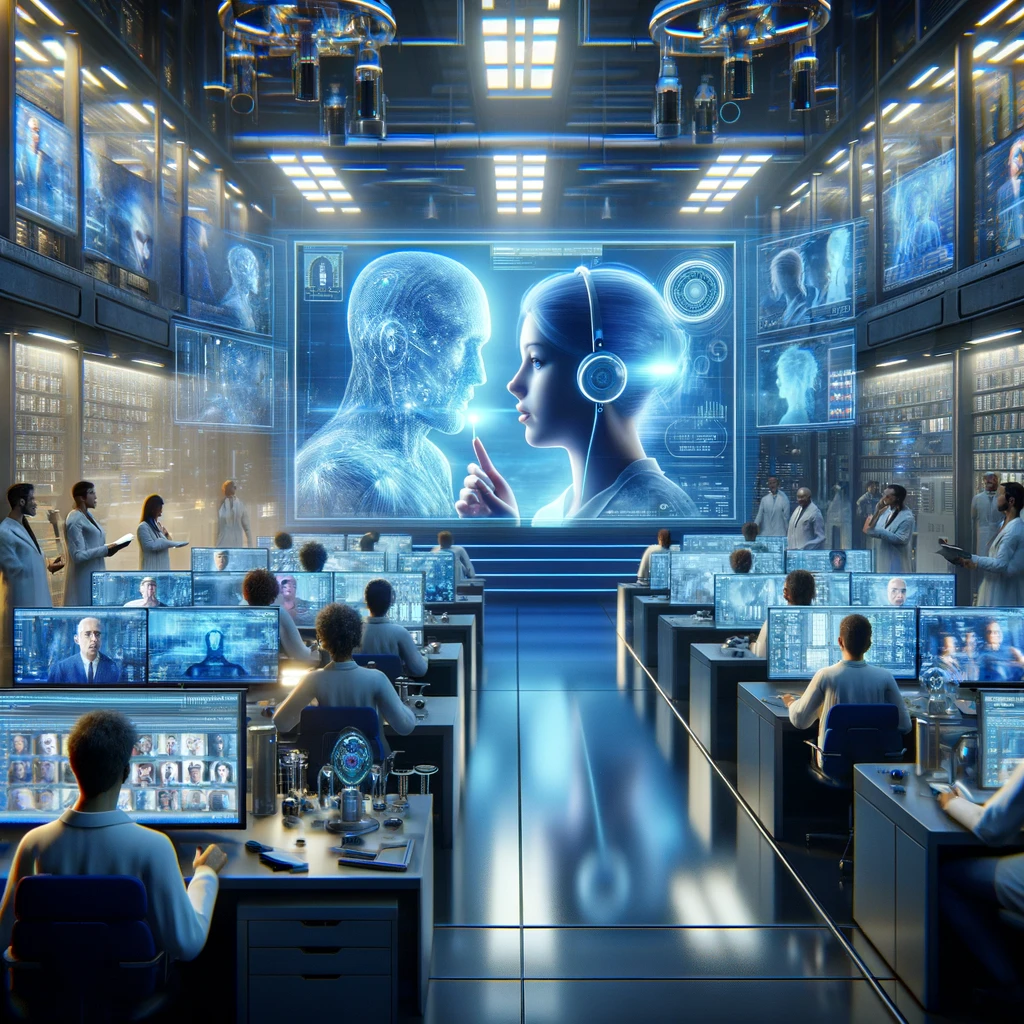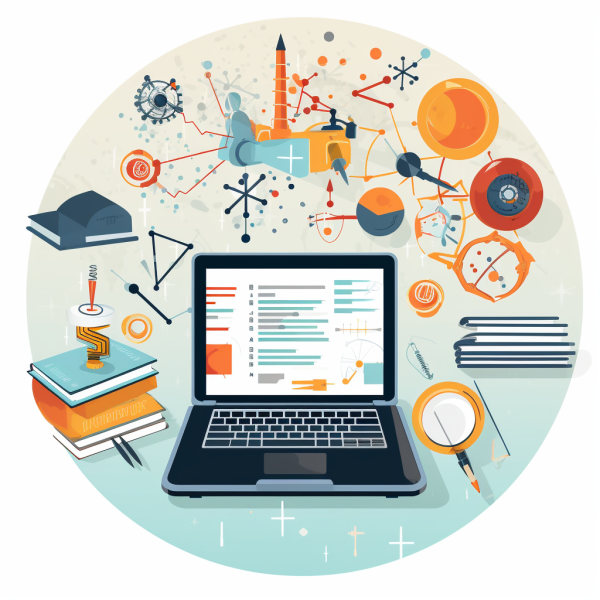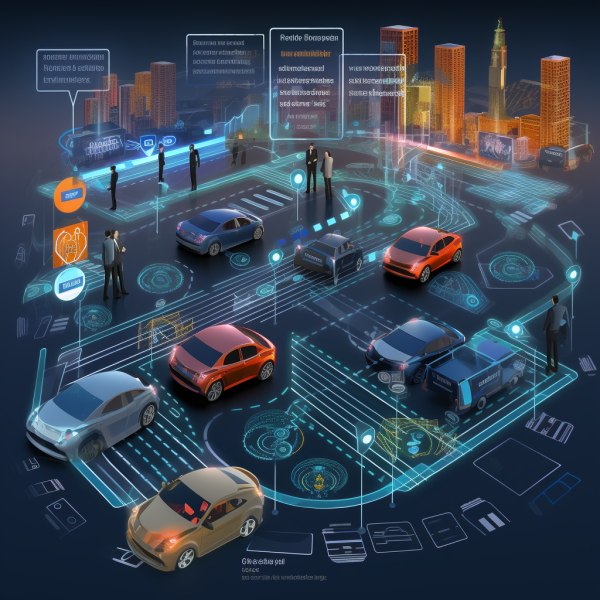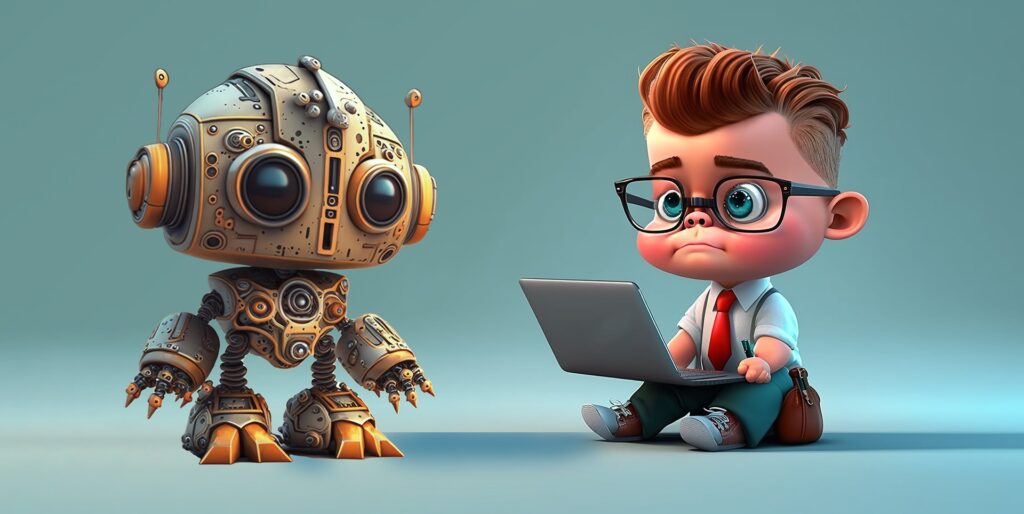Introducing VLOGGER: a leap into the future of audio-driven human video synthesis!

Introducing VLOGGER: a leap into the future of audio-driven human video synthesis! Google Research has just unveiled VLOGGER, a revolutionary framework that brings single images to life with dynamic videos created from audio inputs. Imagine generating lifelike videos of people talking, complete with head motion, gaze, lip movement, and even upper-body gestures, all from a […]
Springer Nature introduces Curie, an AI-powered scientific writing assistant

Springer Nature recently announced a new AI-powered in-house writing assistant to support researchers. The tool has been trained on scholarly literature that covers 447+ disciplines, encompasses over 2,000 specialized subjects, and incorporates feedback from more than 1 million revisions on papers—including those featured in esteemed Nature publications. Studies indicate scientists who are non-native English speakers […]
Vision-Language-Action Models (VLAs): Understanding and Application in the Modern World

Vision-language models (VLMs) are AI models that combine both vision and language modalities. These models can process both images and natural language. Researchers are expanding VLMs by including an action layer. These models can process visual and textual information and generate sequences of decisions for real-world scenarios. This fusion of vision, language, and action within […]
Will AI Take My Job? Ten Things to Consider and How to Stay Relevant

The question, “Will AI take my job?” is becoming ubiquitous in the modern workplace. As AI continues to evolve, it’s natural for all of us to feel a mix of excitement and trepidation. Here are ten insights and actions we can take to gauge and navigate the AI revolution: AI Doesn’t Just Replace, It Augments: […]
The Ripple Effect of AI Touches Everyone

The Ripple Effect of AI touches Everyone Every AI forecast is wrong because all of these forecasts implictly miss how technology transforms a society. There’s a misconception bouncing around that AI’s impact will be limited to those who directly use or interact with it. While people might not be saying this explicitly, the misconception is […]
The Human Side of Tech: How HR Leaders Can Drive Innovation and Disrupt Tradition

Last week took me to Nashville, though sadly not for Taylor Swift. Instead, I was privileged to join the Unleash HR Summit. I have been fortunate to cross paths with Dirk Beveridge over the years and witness his remarkable efforts in transforming legacy distributors into dynamic and innovative market leaders. It’s great to see him […]
AI: Feature versus Architecture
Lately I’ve been thinking a lot about where AI fits into corporate strategy and structure. Marc Andreessen recently suggested …there’s two obvious business models… one is to be a horizontal platform provider [or] infrastructure provider, analogous to the operating system or the database for the cloud. The other opportunity is in the verticals, the applications […]
U.S. Department of Commerce Imposes Export Limitations on AI Software Designed to Automate the Analysis of Geospatial Imagery
The Bureau of Industry and Security (BIS) issued an interim final rule that imposes a license requirement for the export and reexport of software specially designed to automate the analysis of geospatial imagery. The rule applies to exports and reexports to all countries beyond Canada. The rule is scheduled to be published on Monday January […]
AI and Breast Cancer

Breast cancer is the most common cancer in women worldwide. Early detection and treatment can lower mortality rates. But clinicians still fail to identify breast cancer about 20 percent of the time (false-negative results). Clinicians also identify cancer, when there is no breast cancer present (false-positive results). Studies suggest 7-12 percent of women will receive […]